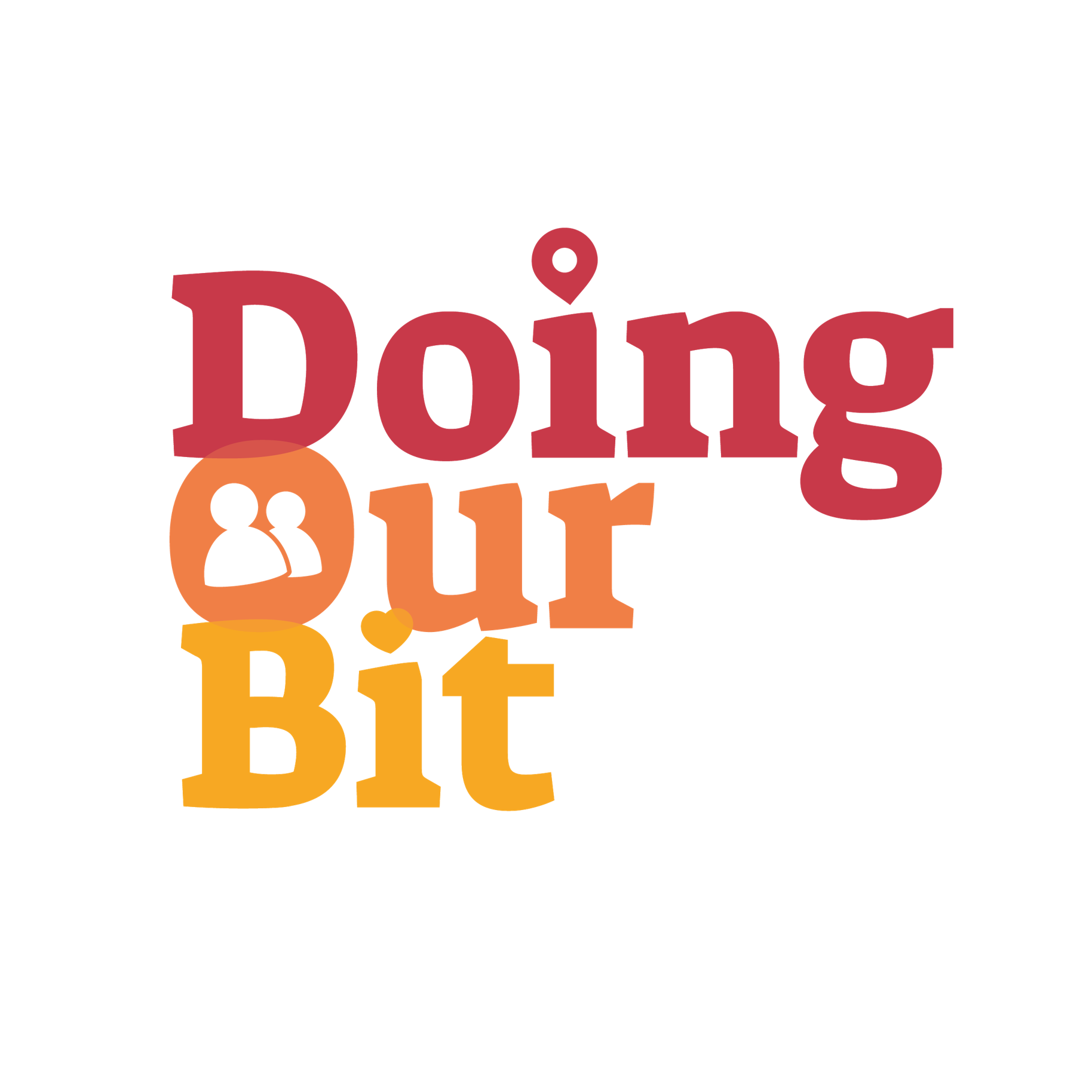Core Skills
This section covers some core skills that will be helpful to individuals when using this digital toolkit.
Getting Online
The BBC has developed a range of video and written guides to help you to get connected and develop the online skills to make the most of your mobile, tablet, computer or interactive television.
Types of Devices
There are many types of devices that you can use to 'get online'. Many of these can be found around the home and you might not even realise that they can access the internet!
Below are examples of the most common types of devices that you can use to get online.
Each type of device will have many different variants that are available from a wide range of manufactures. Some people have a preference over one brand compared to another, but a lot of that can be down to personal choice.
Laptop computers are personal computers that are easy to carry and use in various locations. Many laptops on the market are designed to offer you all the functionality of a desktop computer, which means you can run the same software and open the same types of files.
The laptop has an all-in-one design with built-in touchpad, keyboard, monitor and speakers. Laptops also offer you the option of connecting to a larger monitor, regular mouse and other peripherals. This feature means you can turn a laptop into a desktop computer, but one you can disconnect from the peripherals and carry with you wherever you go.
Most laptops have the same types of ports desktop computers have - USB, HDMI and Firewire - although there are usually fewer of them to save space. However, some laptop ports are different from desktop computers and may require an adapter to use them. For example, the monitor port on a laptop is a Mini DisplayPort, which is smaller than the DisplayPort on a desktop computer.
Tablets are also designed to offer portability. However, they provide you with a computing experience different from laptops with the biggest difference being that tablets do not have a touchpad or keyboard. Instead, the touch screen offers a virtual keyboard you use to input text, while your finger replaces the mouse as a pointer.
Tablets are bigger than a smartphone and smaller than a laptop. Like the smartphone, you can browse the Internet, carry out videoconferences, stay connected through email, read e-books, play games, watch movies, share photos and listen to music with the tablet.
Basic features of tablet computers include:
- Mobile OS: Tablets run on mobile operating systems different from their desktop counterparts. Examples include Windows, iOS and Android.
- Solid-state drives: Tablets use solid-state drives, which are faster and more durable than hard disk drives.
- Wi-Fi: Because tablets are optimized for Internet use, they have built-in Wi-Fi.
A smartphone is a powerful mobile phone capable of running applications in addition to providing with phone service. These devices have most of the features available on tablets along with mobile internet connectivity. Mobile phone companies offer data plans that offer you internet access anywhere with coverage.
E-readers, or e-book readers, resemble tablet computers, but that they are mainly designed for reading digital and downloadable documents. E-readers have either an LCD or e-ink display.
- LCD Display: This is the same screen found on laptops and tablet computers. This type of screen is suitable for viewing books and magazines with photos because the LCD screen can display colors.
- E-Ink Display: E-ink is short for electronic ink and usually displays in black and white. It is designed to offer you the look of an actual page in a book. Unlike the LCD display, the e-ink version is not backlit, so text is readable even outdoors in full sun. E-ink displays offer a reading experience with less eyestrain.
Handheld gaming devices are portable, lightweight video game consoles that have built-in game controls, screen and speakers. With a handheld gaming console, you can play your favourite console games wherever you are, whether on the move or while someone else is watching the TV.
Basic features of handheld gaming devices include:
- Online access to free and paid games
- Access to online movies, TV shows
- Social media apps
- Web browsing
- Online and local multiplayer support
Types of Software
There are many different types of software, otherwise known as operating systems, programs, applications, or simply 'apps'. These are the programs that actually run on computers, tablets, and mobile devices. Here are the most common types that you might come across.
- Word processing: typing and creating documents.
- Database: storing large amounts of information.
- Spreadsheet: performing calculations and numerical analysis.
- Multimedia: playing videos and music.
- Presentation: showing slideshows and other electronic presentations.
- Educational: dictionaries, encyclopedias and reference software all falls under this category.
- Simulations: many uses, from flight to scientific simulators.
- Application suites: a package of lots of programs that come bundled together, such as Microsoft Office, OpenOffice, or LibreOffice
- Specialised: for a very specific purpose, e.g. music notation, engineering, architecture, programming.
Staying Safe
A broadband connection gives you a fast, permanent connection to the internet. That's great, but if you are connected all the time, there is a small chance that someone might be able to steal personal data or download things to your PC.
To prevent this there are a range of software products on the market and many available free on the internet. The most important protection is called a 'firewall'.
A firewall is just a piece of software which runs on your computer all the time. It makes sure that no programs on your computer try to connect to the internet without your consent and that no one can download things to your PC without you knowing.
